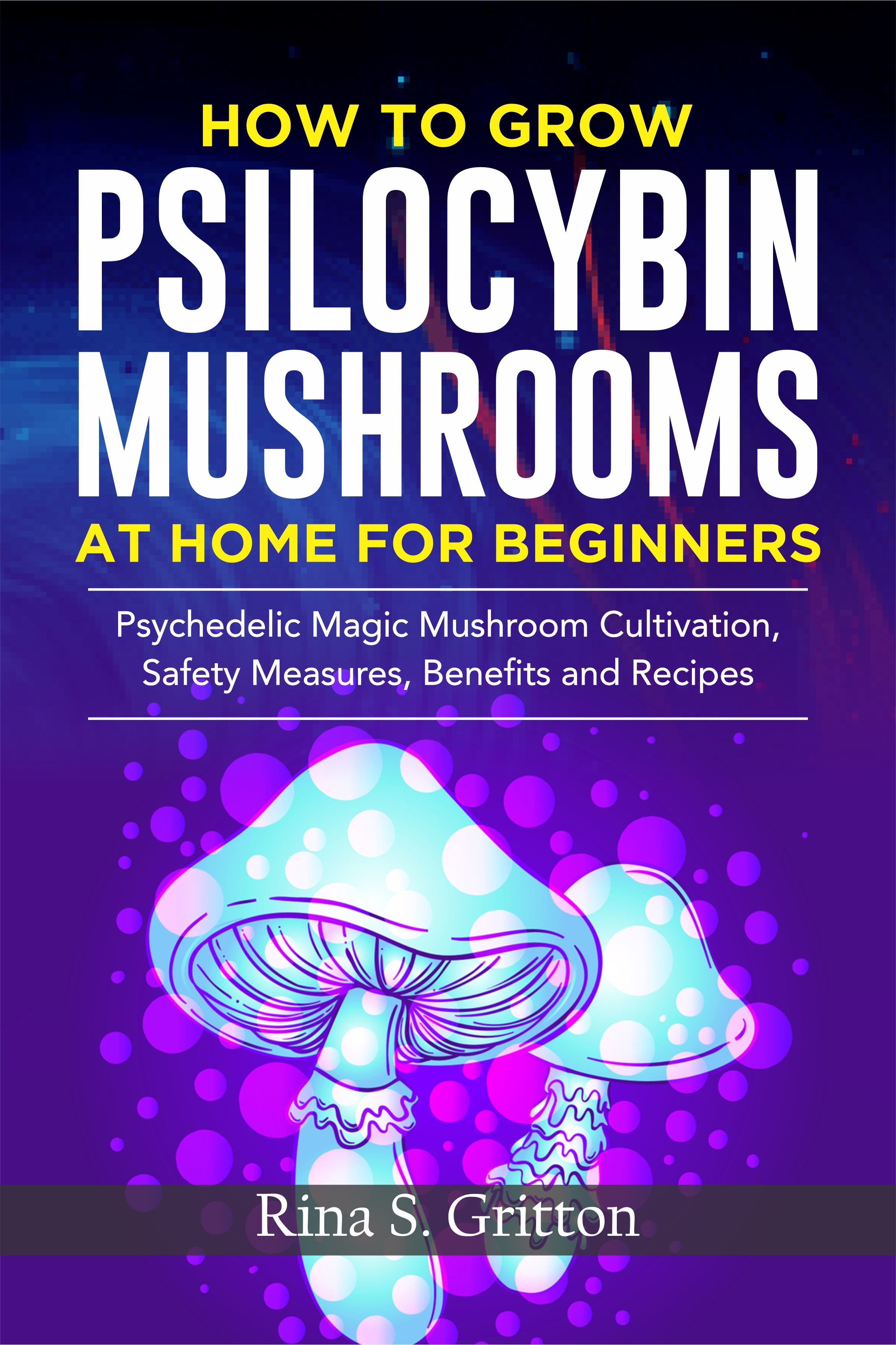
Hallucinogenic Mushroom Cultivation at Home with ease!
“How to Grow Psilocybin Mushrooms at Home for Beginners” is designed for greenhorns and experienced hands alike who seek to understand the fundamentals of magic mushrooms, grow them in the comfort of your home, and use them safely. This manual will show you a variety of ways to grow psilocybin mushrooms and, at the same them, give you in-depth guides on what to do and the potential pitfalls to avoid while cultivating and using magic mushrooms.
Rina S. Gritton provides you with various options for simple and effective mushroom cultivation methods such as the PF Tek, liquid culture, grain and agar, and other basic growing techniques to fit your unique requirements.
This book provides you with;
A detailed explanation of the different types of mushrooms and psilocybin mushrooms.
The anatomy and taxonomy of psilocybin mushrooms.
All you need to know about the life cycle of mushrooms and stages of cultivation.
The various types of studied psilocybin mushrooms and means of identification.
An understanding of the side effects, benefits, and pharmacology of psilocybin mushrooms.
The need for sterilization during mushroom cultivation.
Working with agar and grain spawn.
Starting your culture and germination of spores.
Micro dosing and optimal dosing methods.
The effective use of psilocybin mushrooms.
Using psilocybin mushroom for personal self-discovery.
And so much more!
Expand your knowledge base on mushroom cultivation and safe tripping today!
Get a copy now for your psychedelic journey!
Genre: GARDENING / GeneralMaintaining the crop after casing requires that the compost temperature be kept at around 75°F for about five days, and the humidity should be heightened. So the compost temperature should be reduced to 2°F each day till small mushroom pins have formed. All through the preceding casing, water must be applied to raise the moisture level to field capacity before the mushroom pins are formed. Knowing how, when, and how much water to pour is an art form that separates expert growers from beginners.
Casing soil
Many mushroom species, cubensis inclusive, will fruit excessively only if you cover the substrate with a soil-like layer called the casing layer. Casing soils are made up of materials without nutrients. They have high water-holding abilities such as vermiculite, peat moss, calcium carbonate, and gypsum. The casing layer serves several purposes for the growing mushrooms. Since the layer has high water content, the layer will help to keep the substrate from losing moisture to the atmosphere. The majority of casing soil recipes incorporate mineral salts like gypsum and chalk. Pest moss is acidic, and mushroom mycelium frequently releases acidic metabolites as it germinates. Since a high acidic environment can be dangerous to fungus and promote the growth of bacteria; the inclusion of chalk in the casing soil is necessary step. Gypsum is added to assist in maintaining an airy, loose structure and give mineral nutrition to the growing fungus in the form of sulfur and calcium.
Some growers advise that one sterilize the casing soils before use to reduce contaminations; this step is not compulsory as long as the parts are kept dry and clean.
| Language | Status |
|---|---|
|
Spanish
|
Already translated.
Translated by Miriam Reinoso Sánchez
|